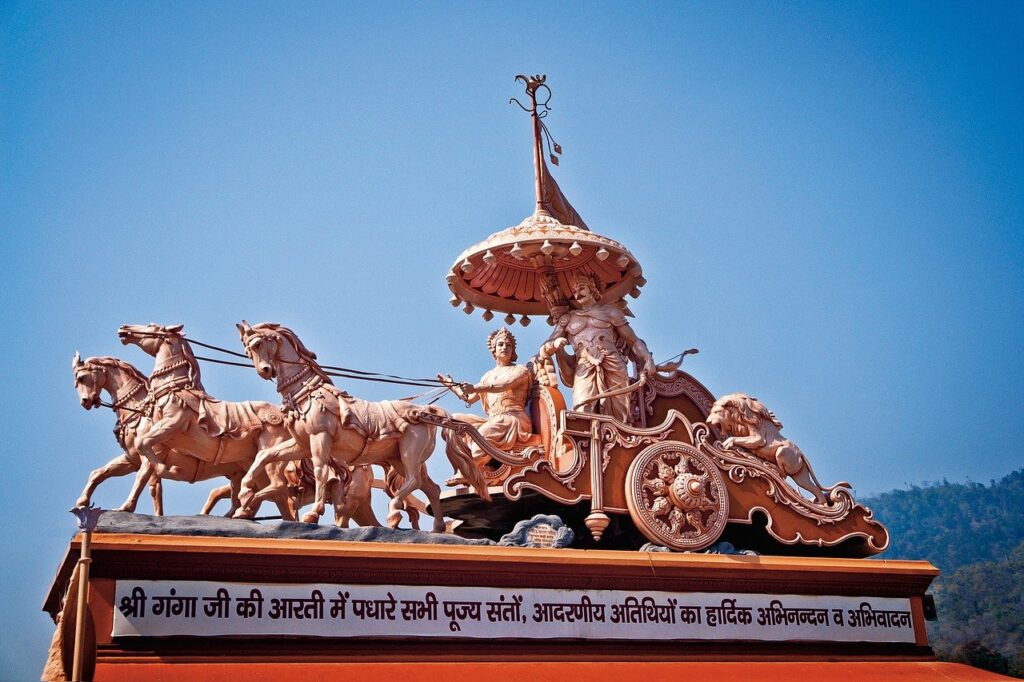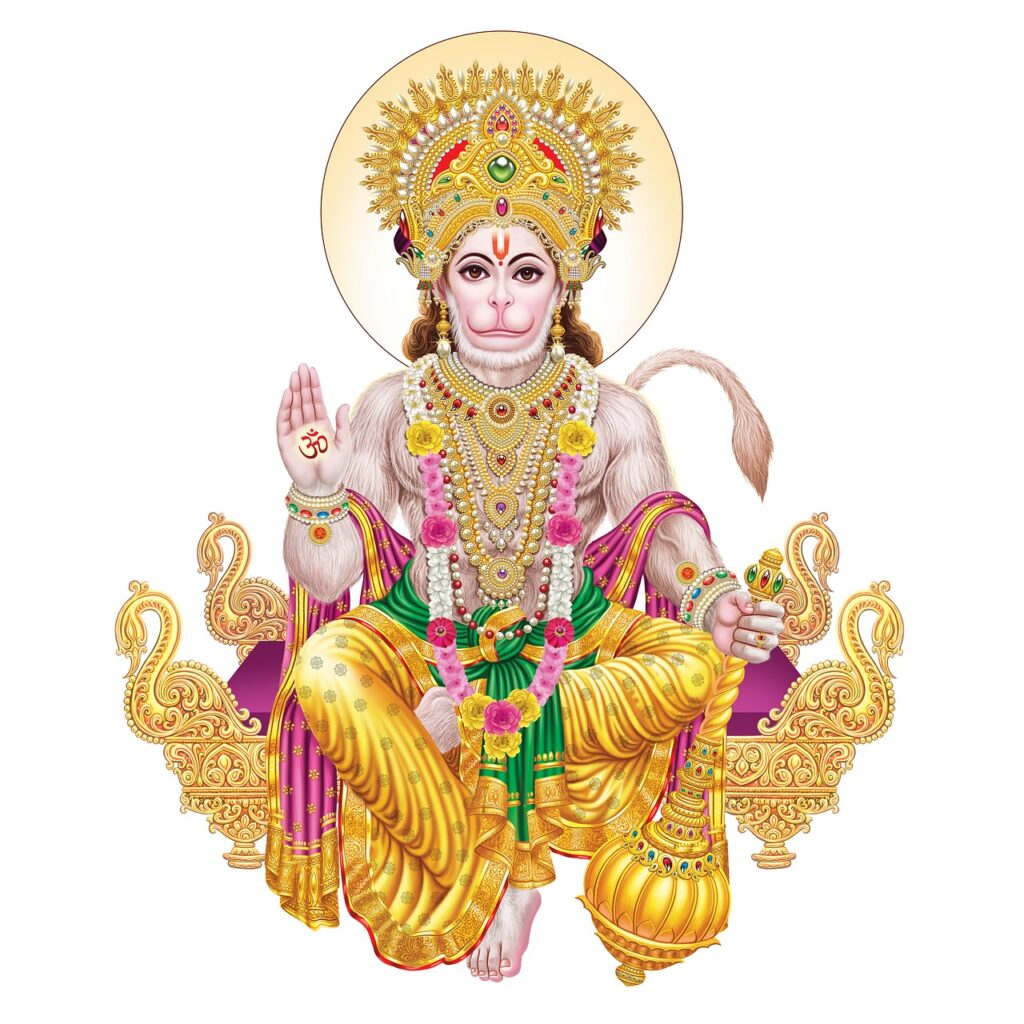
The Bhagavad Gita, an integral part of the great Sanskrit epic Mahabharata, emerges as a significant episode within this timeless narrative, which unveils the history of the ancient world. Approximately 5000 years ago, during the momentous commencement of the legendary Kurukshetra war, Lord Krishna imparted the profound wisdom of Bhagavad Gita to Arjuna. Their profound conversation has since become renowned as one of humanity’s most revered philosophical and religious dialogues. This insightful discourse transcribed by Srila Vyasa deva, was intended for the betterment and enlightenment of all individuals. The Bhagavad gita provides profound perspectives on various aspects of existence such as life, love, yoga, spirituality, the soul, the mind, God, eternity, hope, and happiness. Esteemed by numerous eminent intellectuals throughout history, this timeless text imparts invaluable wisdom capable of unlocking our dormant spiritual potential and igniting the divine essence within us, ultimately benefiting both ourselves and those around us.This article aims to provide a chapter-wise summary and distill the fundamental teachings encapsulated within the Bhagavad Gita.








